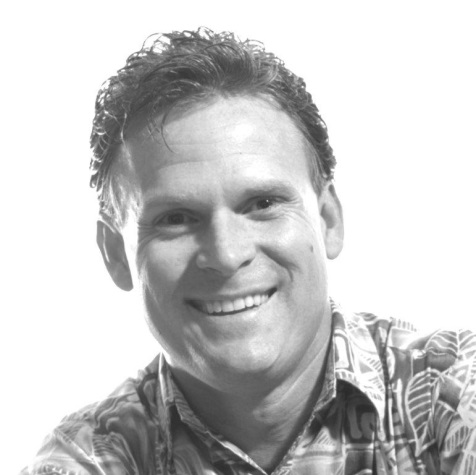You knew it might affect some people but had no idea the problem was this pervasive. You are treating the symptoms but the problem keeps persisting with no end in sight. Some are estimating that nearly half of your employee population is affected and project it will only get worse as the years go on.
You see it showing up on your Family Medical Leave data, it's trickling into LTD and STD experience and medical costs. These are just some of the effects of workplace caregiving. In a multi-year study conducted by AGIS Network, over 40% of the workforce has been or is currently involved in caring for an adult family member.
That percentage has ticked up consistently over the last several years. Let's paint a picture of this working caregiver. The average age of the caregiver is 49 with almost even odds of being a man or a woman. Given their age, they are in the prime of their career. They are also likely married with kids. So, picture it.
You are a mid-level to senior manager at a major corporation. You've worked hard at your career and achieved success. You put in about 50-60 hours a week into work because that is what the job requires. You participate in wellness initiatives at work, including doing the biometric screenings and have joined a gym because the company sponsors it.
You have kids, one leaving high school and one in college. At 3:00 you receive a call. Mom has fallen on a throw rug and has a broken hip. She can no longer live on her own - the family has known this since the last visit at Thanksgiving, but no one wanted to vocalize their worry. You are the closest child and have a house.
Being the oldest in your family, everyone is looking to you to be the solution. You think to yourself, it won't be that much of an imposition. After all, mom raised me - now it's my turn to help her. I mean, it's a broken hip. She'll heal and we can all go back to our normal lives. Here's the reality. That call at 3:00 changed your life.
You are now a caregiver and are likely to be one for 4.6 years (that's the average). That 50-hour workweek has now just extended by another 20-30 hours (that's the average) because you are now a part-time caregiver. You will try to do everything that everyone asks of you. At some point it will all be too much. Your work begins to suffer.
You stopped going to the gym and your annual physicals because who has time for that? As mom continues to go downhill you consider taking a leave of absence from work using FMLA to help care for her. Then mom passes. You grieve. You finally say to yourself, "it's time for me to take care of me." You are now 53.
You go and do the tests you have put off for years because now you know it's time to really buckle down and sort your own life out. You find that you have Stage 3 colon cancer, something that could have been caught 4 years ago in a routine exam is likely now going to need aggressive treatment. You file for LTD through your employer (studies show you are four times more likely to file a LTD claim after going out on leave for taking care of a parent).
You undergo multiple rounds of chemo and are hoping that you'll make it through this. This is an accurate portrayal of what is happening to millions of Baby Boomer Americans right now. Companies are just now starting to see the impact of the working caregiver to their bottom lines and it is only going to get worse.
Addressing this issue head on is how you and your organization can set yourself apart. The next several decades will be the the time of the caregiver. The presidential candidate that develops a platform around addressing the issues of the working caregiver will have a leg up on their competition.
As a benefit professional, you can address this issue proactively. Take advantage of back up care services through different organizations. Proactively engage your workforce in a dialogue around the changes in their family and let them know what solutions you have in place to help.
Educate younger managers about these issues so they can address them appropriately at the workplace. Investigate what services your EAP offers in this space and how you can engage them to help your employees. Consider working with a Workplace Caregiving Specialist that can help you with the education of your workforce and provide tools to help!
About the Author

Kevin is the President and CEO of AGIS Network. Since 1998 he has worked with organizations of all types to help address the issues surrounding workplace caregiving.
His bio is attached. Kevin can also be reached for comment on this article at (808) 371-1977 or via email at kevin.sypniewski@agisnetwork.com.








